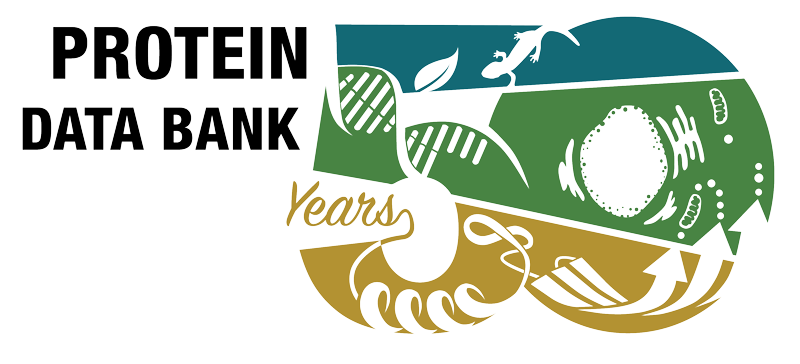Abstract
Glycoside hydrolases (GHs) have attracted considerable attention as targets for therapeutic agents, and thus mechanism-based inhibitors are of great interest. We report the first structural analysis of a carbocyclic mechanism-based GH inactivator, the results of which show that the two Michaelis complexes are in 2 H3 conformations. We also report the synthesis and reactivity of a fluorinated analogue and the structure of its covalently linked intermediate (flattened 2 H3 half-chair). We conclude that these inactivator reactions mainly involve motion of the pseudo-anomeric carbon atom, knowledge that should stimulate the design of new transition-state analogues for use as chemical biology tools.







 PMID:
PMID: 